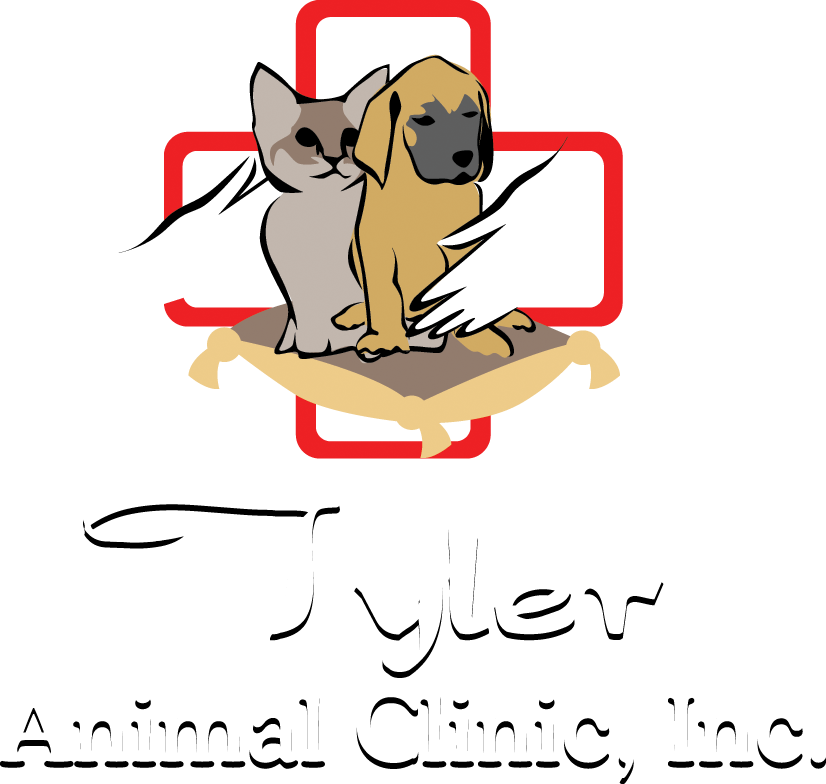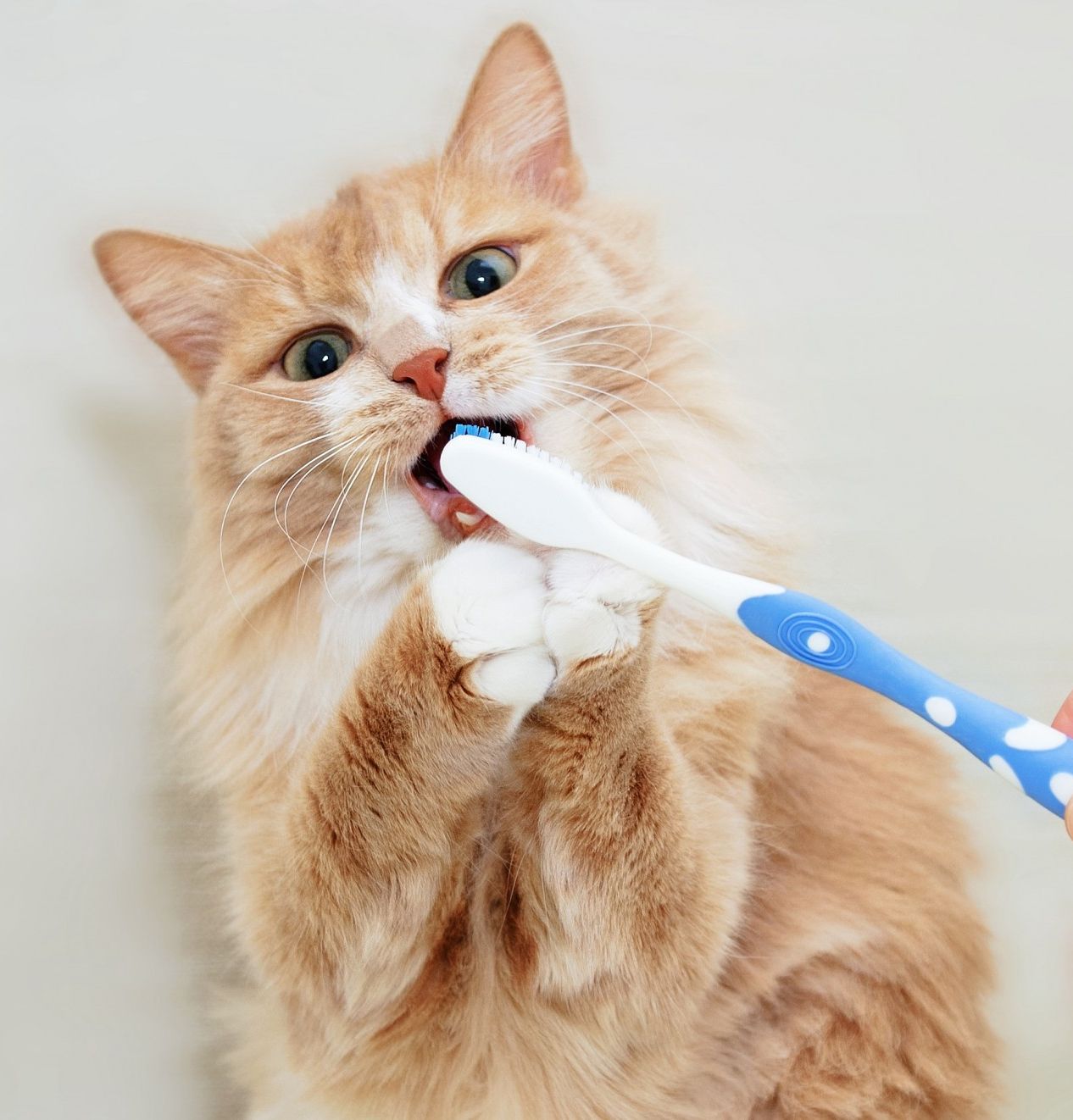Tyler Animal Clinic, Inc.
(440)953-1730
www.tyleranimalclinic.com
|
Cat Resorptive Lesions (RL'S)
Many cats are prone to a different type of dental disease as they age.
In cats, the production of odontoclasts can start up again later in life and destroy the adult teeth. Sometimes this is not evident until the cat is several years old. What we see in the mouth are teeth with open windows in the enamel that expose the underlying dentin and sometimes pulp. Sometimes they are filled with swollen gingiva or granulation tissue. Other times they may simply look like a chunk of enamel is missing. In either case, odontoclasts are active when they shouldn't be. This phenomenon is not fully understood and historically, attempts have been made to reconstruct the enamel to save the effected tooth. We now know that reconstructing a tooth with such a resorptive lesion is like putting a brand new roof on a house that's falling down. It doesn't work. The tooth is being destroyed from the inside out. The name for this disease is Feline Odontoclastic Resorptive Lesions. We see at least one cat (some times several) each week with FORL's. We do know that they are painful since the dentin is exposed and we know that once enamel is removed, bacteria can easily ingress and invade the pulp. Once this happens, septic pulpitis then pulp death occurs and the tooth dies and the road to this death is a painful one. Then, the resorption continues down into the root and supporting bone. Often times the crown breaks off and the roots are retained. When this happens, the gums will heal over the root fragments and one of two things will happen. Either the body will continue to resorb the root and replace it with new bone, or it will become an encapsulated nidus for continual infection and pain. By exam, there is no way to tell which way it will go so the standard approach is to extract the offending roots if there is evidence of periodontal ligament structure. When periodontal ligament is present on the X-ray, we know that resorption has not occurred and we can't tell if it will or will not. We follow the guidelines of the American Veterinary Dental College and extract ALL teeth affected with FORL's as well as retained root structure that has not resorbed. It is best to correct everything possible in one anesthesia instance. If we diagnose your cat with FORL's, we will x-ray every tooth and extract any tooth with evidence of FORL development including retained roots. In some cases, we will implant bone graft material if extraction might weaken the jaw or leave a large defect especially when lower molars or canine teeth are involved. Additionally, FORL's frequently show up on other teeth at some point in time and sometimes cats lose all of their teeth to them over several procedures. Being very thorough with imaging and extracting FORL suspicious teeth increases the length of time between extraction procedures. Sometimes it's several years, other times it's 6 months or sooner. It's impossible to tell when more FORL's will develop on other teeth but they frequently do. There is some evidence to suggest a diet that is high in Vitamin D might contribute to the formation of FORL's. There is enough research on this now that most major cat food manufacturers have reduced the Vitamin D levels in their diets. As previously stated, the development of FORL's is not completely understood and there may be other genetic, environmental, allergenic, nutritional and situational causes that have not yet been discovered. We do know that there is no proven method for prevention. If you would like more information, please click here to access a research article done at Penn State. Another study was done by the same scientist. Click here for this article. It's very technical with lots of big medical words but it gives some fantastic incite into this problem. If you would like some help understanding this study, please call or e-mail. Questions or comments are always welcome. Disclaimer: Not all resorptive lesions are odontoclastic. There can be other reasons for tooth resorption and dogs can get them too.
|




